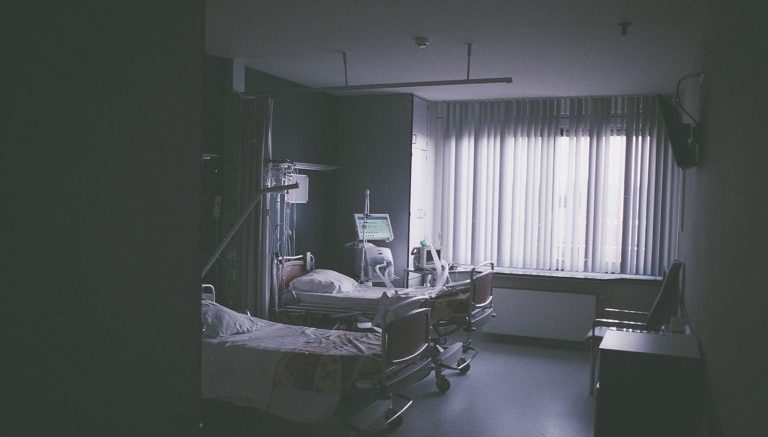Coronaviruses can maintain their infectivity in fomites and thus can remain infectious on dry surfaces for hours; however, limited data are available for SARS-CoV-2. Specifically, there are no data about the role of interfering substances such as proteins on SARS-CoV-2 infectivity in the environment. Pastorino, et al. (2020) evaluated the stability and infectivity of SARS-CoV-2 deposited on polystyrene plastic, aluminum, and glass for 96 hours at 45%–55% relative humidity (recommended for indoor living spaces by the American Society of Heating, Refrigeration and Air Conditioning Engineers) and 19°C –21°C temperature range using a 106 50% tissue culture infectivity dose (TCID50)/mL inoculum.
The researchers inoculated SARS-CoV-2 at a multiplicity of infection of 0.001 onto Vero E6 cells incubated at 37°C in 5% CO2 for 72 h (Appendix). They collected the supernatant and clarified it by spinning at 1500 × g for 10 min. We prepared aliquots and stored them at −80°C before titration. They measured virus infectivity using TCID50. We diluted the inoculum in cell culture medium containing 5% fetal bovine serum (FBS; final protein concentration 1.8 g/L) to 106 TCID50/mL. For experiments with a higher protein concentration, they used a concentrated bovine serum albumin (BSA) solution (40 g/L) to result in a final protein concentration of 11.4 g/L. The researchers measured virus infectivity sequentially on polypropylene plastic, aluminum, and glass slides. We deposited a 50-μL drop in triplicate on the various surfaces (≈1 cm2 per piece) and recovered them sequentially to quantify viable infectious virions by endpoint titration on Vero E6 cells. The limit of detection for the assays was 100.5 TCID50/mL.
Pastorino, et al. (2020) conducted their experiments with and without BSA to mimic the protein content within body fluids of the respiratory system such as cough droplets, sputum, and airway mucosal secretions. Final protein concentration was 1.8 g/L without BSA conditions and 11.4 g/L with BSA conditions. They observed 3 different profiles, depending on surface type: a 3.5 log10 decrease over 44 h on glass, a steady infectivity with a <1 log10 drop over 92 h on polystyrene plastic, and a sharp 6 log10 drop in <4 h on aluminum. The probable adsorption of viral particles onto a plastic polystyrene surface was associated with prolonged infectivity, whereas a high drop on aluminum was observed as in previously published data on SARS-CoV, adenovirus, or poliovirus. The researchers say their results have also shown higher stability for SARS-CoV-2 on polystyrene plastic, with or without BSA, in comparison with a recent study (1); this variation could be explained by a different type of plastic used in the two studies. Regardless of the type of surface, virus infectivity decreased ≈1 log10 within 2 h. To study SARS-CoV-2 stability in solution, they titrated cell culture supernatants containing 106 TCID50/mL every 24 h for 96 h. They found that SARS-CoV-2 was very stable, showing an overall decreased infectivity <1.4 log10 reduction, results similar to those described for SARS-CoV.
The researchers say their data showed that SARS-CoV-2 infectivity was remarkably preserved in the presence of proteins, regardless of the type of surface. A final concentration of 11.4 g/L of proteins, as used in our study, closely mimics that of respiratory fluids, which possess protein concentrations of a similar order of magnitude. However, the respiratory body fluids are complex media including not only proteins, but also enzymes and mucins (present in mucus) that may have a negative effect on virus infectivity. Regarding viral load measurement, the reason for avoiding the use of molecular techniques such as reverse transcription PCR is that despite that they allow quantification of RNA copies and determination of RNA decay, they cannot measure residual infectivity on various surfaces.
The protective effect of proteins had already been described for pandemic SARS-CoV or suggested for influenza A(H1N1) virus, but with less notable effects (4,6). As illustrated in other virus models (7), interfering substances such as proteins influenced the resistance of SARS-CoV-2 to drying and thus its persistence in the environment.
In conclusion, the researchers say they showed that a moderate protein concentration in droplets markedly increased the infectivity of SARS-CoV-2, suggesting that a protein-rich medium like airway secretions could protect the virus when it is expelled and may enhance its persistence and transmission by contaminated fomites. Accordingly, they say it is plausible that fomites infected with SARS-CoV-2 play a key role in the indirect transmission of coronavirus disease (COVID-19). They add that this finding supports surface cleaning as a necessary action that should be enforced and repeated becuase it may play a key role in halting SARS-CoV-2 transmission and mitigating the COVID-19 pandemic.
Reference: Pastorino B, et al. Research Letter: Prolonged Infectivity of SARS-CoV-2 in Fomites. Emer Infect Dis. Vol. 26, No. 9. September 2020

Be the first to comment on "SARS-CoV-2 Infectivity Preserved in the Presence of Proteins on Fomites"